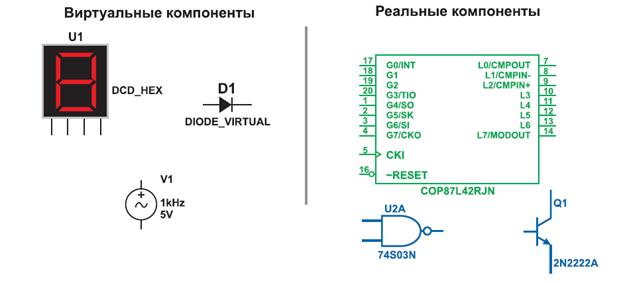I. Reading Activity and Speech Practice. Text B: “Metals and their Properties”
I. 1 Read the text and say what major groups the properties of metals can be divided into. It is noted that the chemical elements are divided into metals and non-metals. All metals can be divided into ferrous and non-ferrous. Different metals are widely used in the machine-building industry. Metals to be applied for industrial purposes are called “engineering metals”. To use metals in practice we must know their properties because they influence their manufacture and application. The properties of metals can be grouped into certain categories. The major categories to be considered are: a). chemical properties that are material characteristics which relate to the structure of a material and its formation out of the elements; these properties are usually measured in a chemical laboratory and they cannot be determined by visual observations. b). physical properties such as colour, density, crystal structure, electrical and heat conductivity, etc. Physical properties are characteristics of materials that pertain to the interaction of these materials with various forms of energy and with other forms of matter. c). mechanical properties that are of foremost importance in selecting materials for structural machine components. Mechanical properties are characteristics of a material that are displayed when a force is applied to the material. Let us consider some of the mechanical properties of metals such as: strength, elasticity, plasticity, and hardness. Strength of metals is the property of hard materials to be subjected to the influence of external forces without changing their shape. Elasticity is the ability of a material to change its shape under the influence of external loads and return to its original form upon removal of the loads. All materials are elastic but the range of elasticity varies for different materials. Plasticity is the opposite of elasticity. It is the ability of a material to change its form without breaking under the influence of load and preserve this changed form after removal of the load. Hardness is the property of a metal to resist deformation under applied load. Hardness is the most important property of metals. It can also be defined as the ability of metals to resist penetration of other harder materials or as resistance to wear. Add to your active vocabulary:
I.2 Answer the questions to the text.
I.3 Find in the text and read out the words related to – physical properties of metals; - mechanical properties; - chemical properties. I.4 Find the corresponding parts in the chart.
I.5 Get ready to speak on the main properties of metals. Say what property to your mind is the most necessary in machine building.
|

 Text B: “Metals and their Properties”
Text B: “Metals and their Properties”


